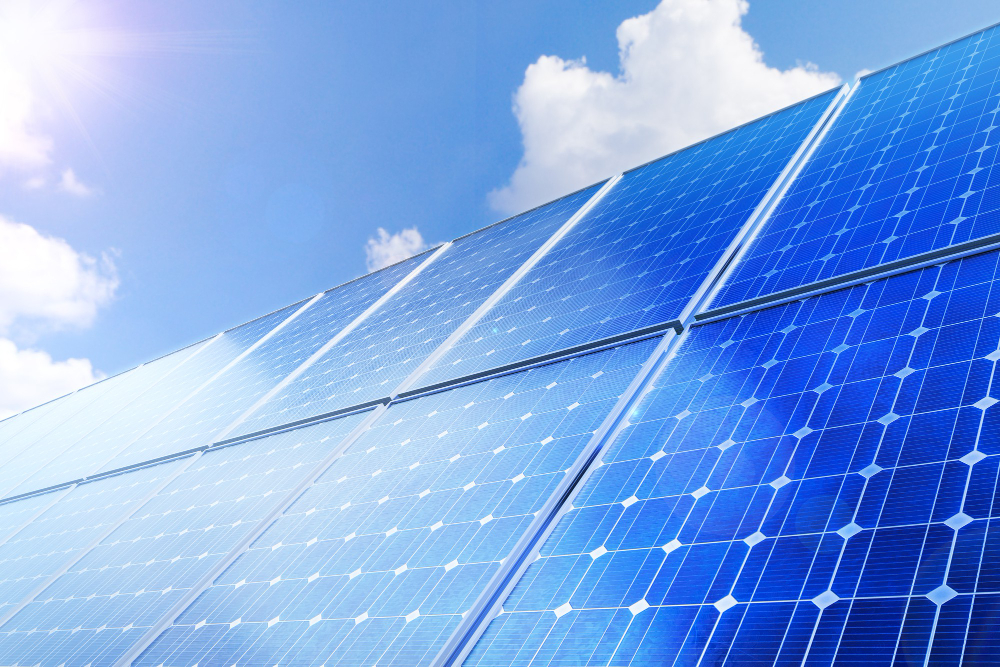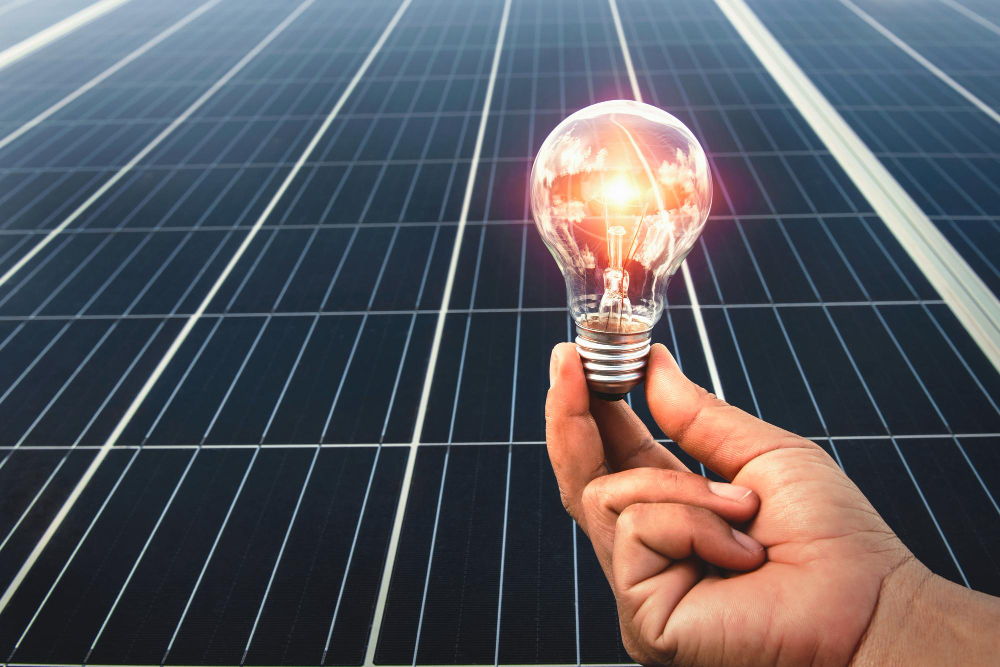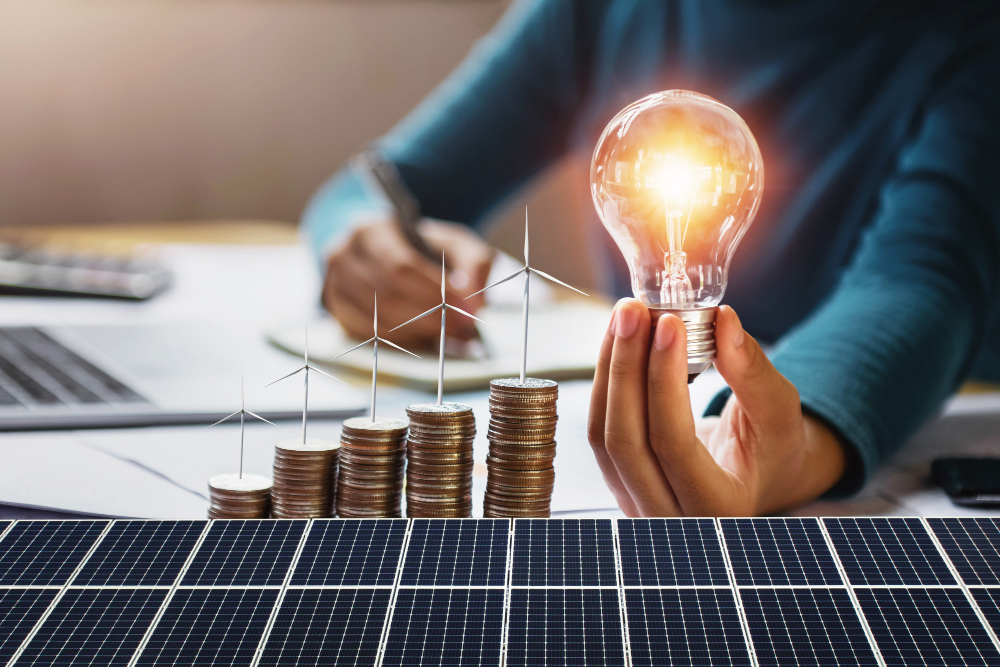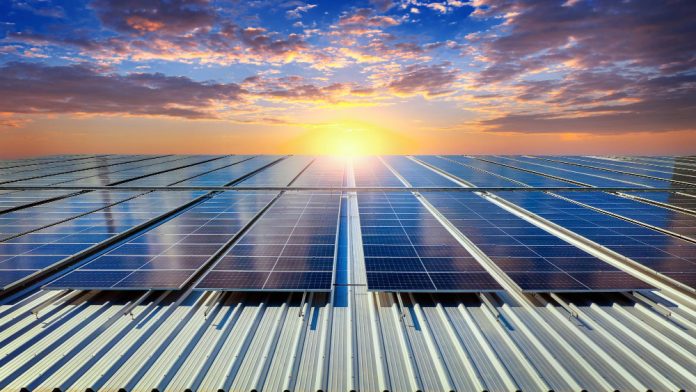Around 4% of homes in the US now utilize solar power, though this is expected to rise to 13% soon. As costs fall and technology improves, solar has become a viable source of energy generation. But do you know how it works?
A solar system has lots of components that need to work in harmony. Read on as we discuss how solar technology works.
Table of Contents
How Solar Energy Works

Solar energy arrives in the form of light from the sun. This contains electromagnetic radiation. Different parts of the earth will get varying amounts of solar radiation, and this will also fluctuate depending on the time of year.
When this energy gets captured in a solar system, it transforms into electricity. This happens with the use of photovoltaics or concentrating solar thermal power.
Photovoltaics
Photovoltaics is the most commonly used method. Throughout the day, they capture energy from the sun in solar panel cells. It is the photovoltaics in the cells of the panel that is responsible for absorbing energy.
When this energy is captured, it creates an electrical charge. This then moves to an internal electrical field, starting the flow of electricity. When this current is transformed into an AC current, it can be used in your house.
Concentrating Solar Thermal Power
Concentrating solar thermal power uses a series of mirrors to concentrate the heat of the sun. This heat is then focused on stored water, which produces steam to power a turbine and create electricity. As it is a huge undertaking and needs lots of equipment, it is only found in large power plants.
How Solar Panels Work

At the top of a solar cell is a layer of protective glass. A silicon-type N metal layer and a conductive metal base are under this. Metal contacts sit between the layers.
Silicon is a semiconductor that can conduct electrons or insulate them depending on the situation. When mixed with different elements, it creates unbalanced structures, particularly when mixed with boron and phosphorus.
Boron and silicon end up creating positive electrons while mixing with phosphorus creates negative ones. The energy from sunlight disrupts the bond between them, and this transforms into an electric current.
What Is a Solar Inverter?
The inverter is a vital part of any solar system. When electricity is produced by the panels, it results in a DC current. The invertor takes this and turns it into an AC current for use on your property.
Can Solar Help Me Save Money?

Solar power technology in your residential home can save a lot of money. However, it depends on the level of sunlight you get and the types of solar panels you decide to install.
You can also make money from the many solar incentives on offer. Some companies may even offer 18 months free before paying for installation costs.
Finding a Solar Technology Installation Expert
Now you know how solar technology works, decide if you could benefit. Set a budget for your system and speak to an expert. Make sure you check reviews and use local companies.
If you found this article helpful, we have many more to assist. From renovations to DIY, we can help bring your home into the future.
